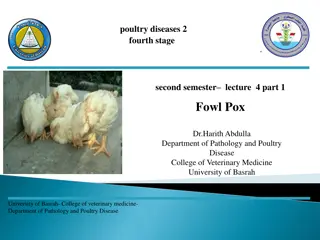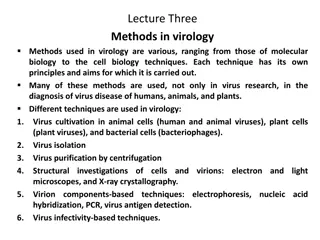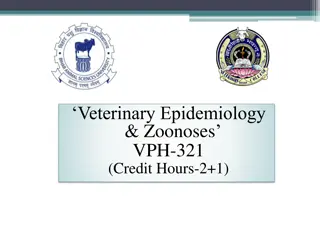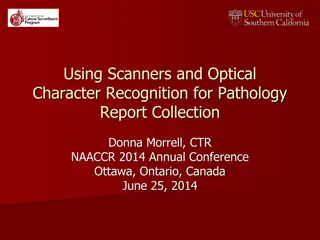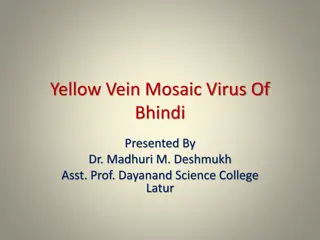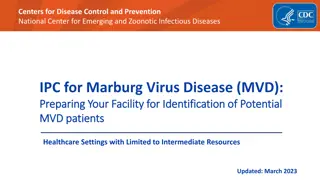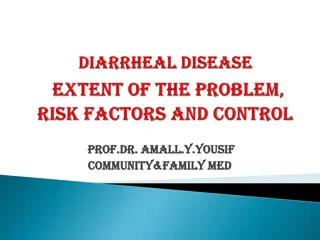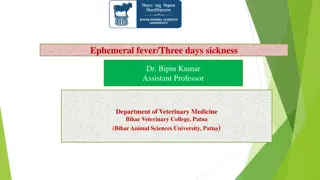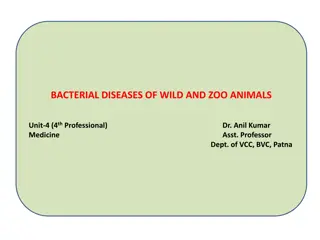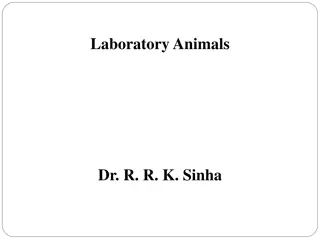Pathology of Pox Virus in Wild Animals by Dr. Deepak Kumar
Pox viruses can affect wild animals, with Monkeypox emerging as a significant zoonotic virus in Central and West Africa. The disease shows similarities to smallpox but is less severe. Pox lesions are characteristic signs of infection, and outbreaks have been documented in regions with a history of smallpox eradication. Dr. Deepak Kumar, Assistant Professor at Bihar Veterinary College, provides insights into the pathology and presentation of pox virus infections in wildlife.
Download Presentation

Please find below an Image/Link to download the presentation.
The content on the website is provided AS IS for your information and personal use only. It may not be sold, licensed, or shared on other websites without obtaining consent from the author. Download presentation by click this link. If you encounter any issues during the download, it is possible that the publisher has removed the file from their server.
E N D
Presentation Transcript
PATHOLOGY OF POX VIRUS IN WILD ANIMALS Dr Deepak Kumar Assistant Professor Department of Veterinary Pathology Bihar Veterinary College, Patna -14 Bihar Animal Sciences University Patna
Monkey pox Monkey pox is a viral zoonosis (a virus transmitted to humans from animals) with symptoms similar to those seen in the past in smallpox patients, although it is clinically less severe. With the eradication of smallpox in 1980 and subsequent cessation of smallpox vaccination, it has emerged as the most important orthopoxvirus. Monkeypox occurs in Central and West Africa, often in proximity to tropical rainforests.
monkeypox Outbreaks Human monkeypox was first identified in humans in 1970 in the Democratic Republic of the Congo (then known as Zaire) in a 9-year- old boy in a region where smallpox had been eliminated in 1968. Since then, most cases have been reported from rural, rainforest regions of the Congo Basin, particularly in the Democratic Republic of the Congo, where it is considered to be endemic.


